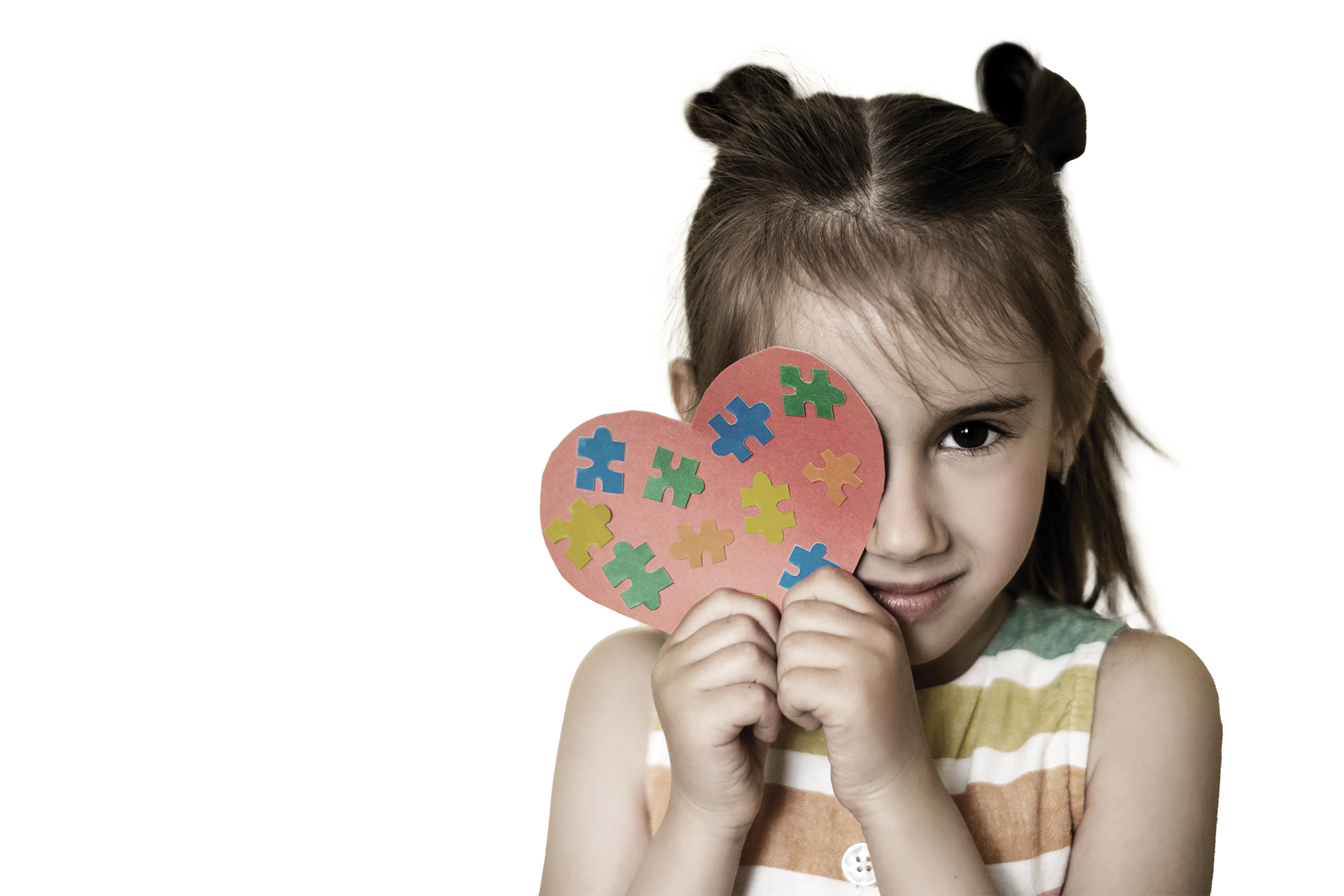Identification of autism among 8-year-old Utah children has risen by nearly 30 percent in less than a decade, according to a study of 11 communities nationwide—including Salt Lake City and surrounding counties. The research was led by the Centers for Disease Control and Prevention. Estimated autism prevalence among 8-year-olds in the state rose from 1 in 58 children in 2012, when the last survey was conducted here, to about 1 in 46 in 2018, as reported in the current study.
Researchers attribute much of the increase to greater awareness of autism spectrum disorder (ASD), better diagnostic tools used to detect it, and improved access to medical care.
“Utah’s autism prevalence is significantly higher now than when we last measured it,” says study co-author Deborah Bilder, a professor of child and adolescent psychiatry and pediatrics at the U’s Huntsman Mental Health Institute (HMHI). The CDC considers eight years old the optimal age to determine the prevalence of ASD in communities. By that age, Bilder explains, children are most likely to exhibit recognizable symptoms of the disorder.
“I believe Utah legislation passed over the last decade has had a substantial positive impact on children’s access to autism diagnostic and treatment services,” Bilder says. “This is particularly true for those children in the lower and middle household income range.”
In Utah and several other sites nationwide, the percentage of Hispanic children with ASD was lower compared to white or Black children. This finding suggests that disparities in getting an ASD diagnosis, based on ethnicity, could be a problem, says Amanda Bakian, a co-author of the study and associate professor of psychiatry at HMHI.




Comments
Comments are moderated, so there may be a slight delay. Those that are off-topic or deemed inappropriate may not be posted. Your email address will not be published. Required fields are marked with an asterisk (*).